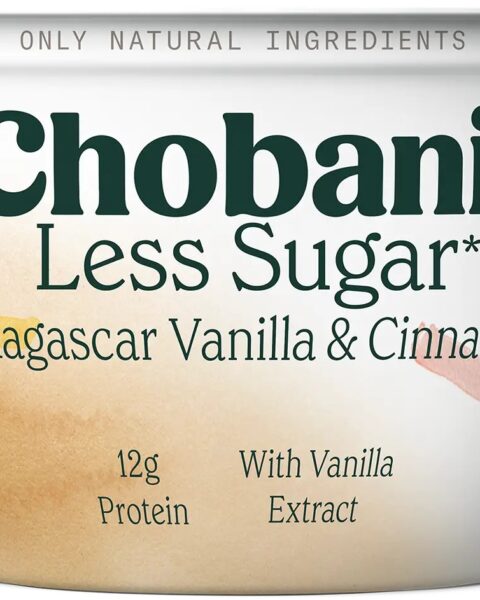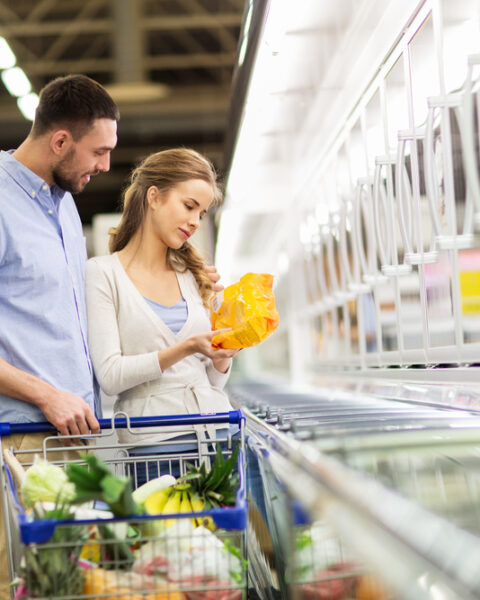Spam might not be the fanciest item in your pantry, but it’s definitely a versatile and beloved staple for many. Whether you’re frying it up for breakfast, adding it to a sandwich, or incorporating it into a creative recipe, Spam can be a delicious and convenient choice. But, as with any ingredient, there are common mistakes that can trip you up and undermine your dish’s potential. Here are the 17 most common mistakes you may knowingly or unknowingly make that you need to avoid, so you can get the most out of your Spam.
Contents
- 1 Not Draining the Excess Liquid
- 2 Not Patting It Dry
- 3 Skipping the Pre-Cut Process
- 4 Using High Heat
- 5 Overcrowding the Pan
- 6 Not Using a Non-Stick Pan
- 7 Not Trying Seasoning
- 8 Not Pairing It Properly
- 9 Skipping the Crust
- 10 Using the Wrong Cooking Method
- 11 Ignoring Portion Control
- 12 Not Trying Different Varieties
- 13 Not Incorporating It into Recipes
- 14 Neglecting Proper Storage
- 15 Ignoring the Fat Content
- 16 Not Using Enough Acidity
- 17 Skipping the Rest Period
- 18 More From RetailShout
- 19 14 Ultimate Food Cities in the United States
- 20 16 Everyday Things Becoming Unaffordable for the Middle Class
Not Draining the Excess Liquid
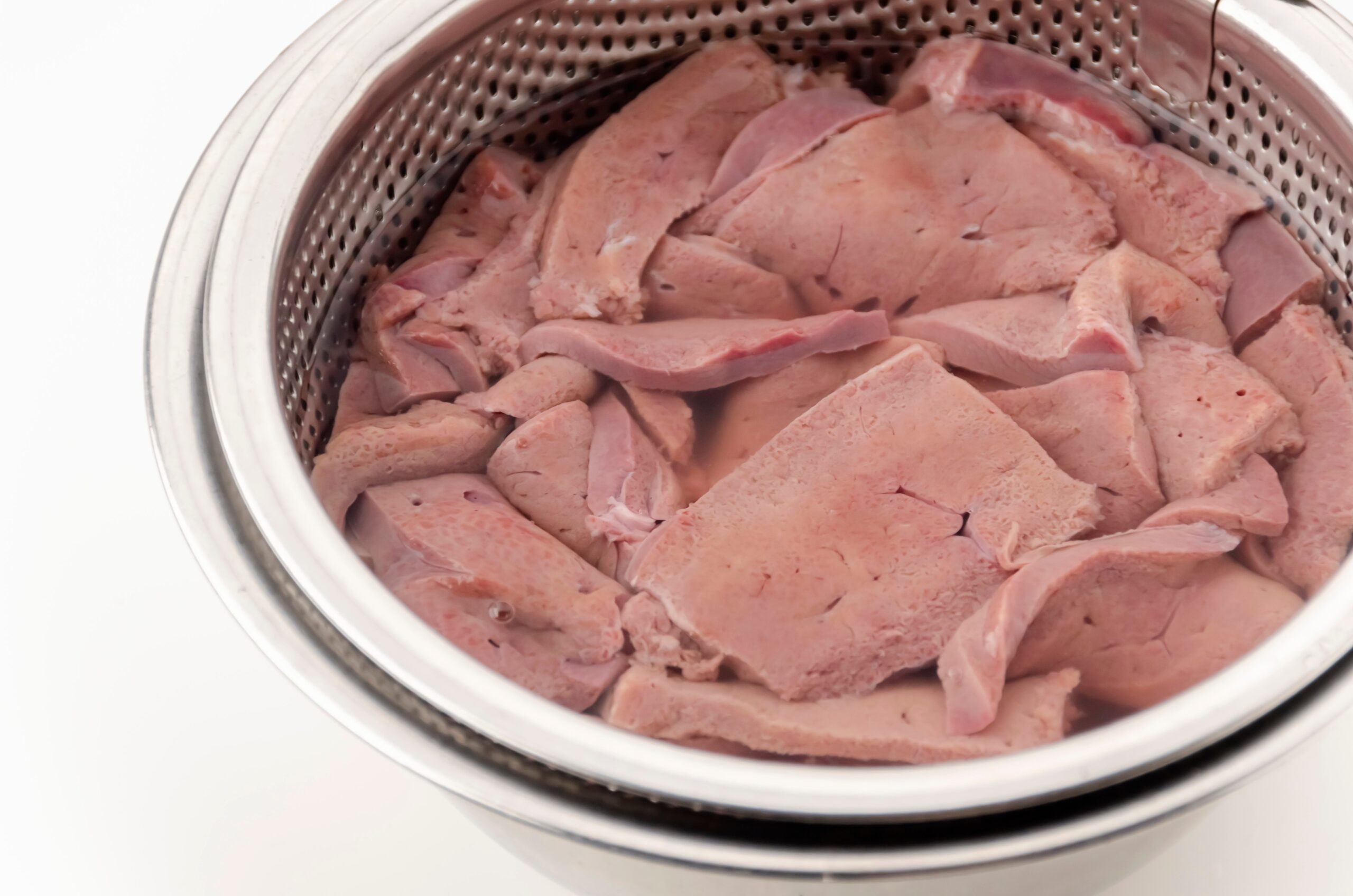
Spam comes packed in a gelatinous liquid that helps preserve its moisture and flavor. However, not draining this liquid before cooking can result in a soggy and less appetizing texture. Open the can and carefully drain the liquid before removing the Spam. This simple step ensures a firmer, more desirable texture.
Not Patting It Dry
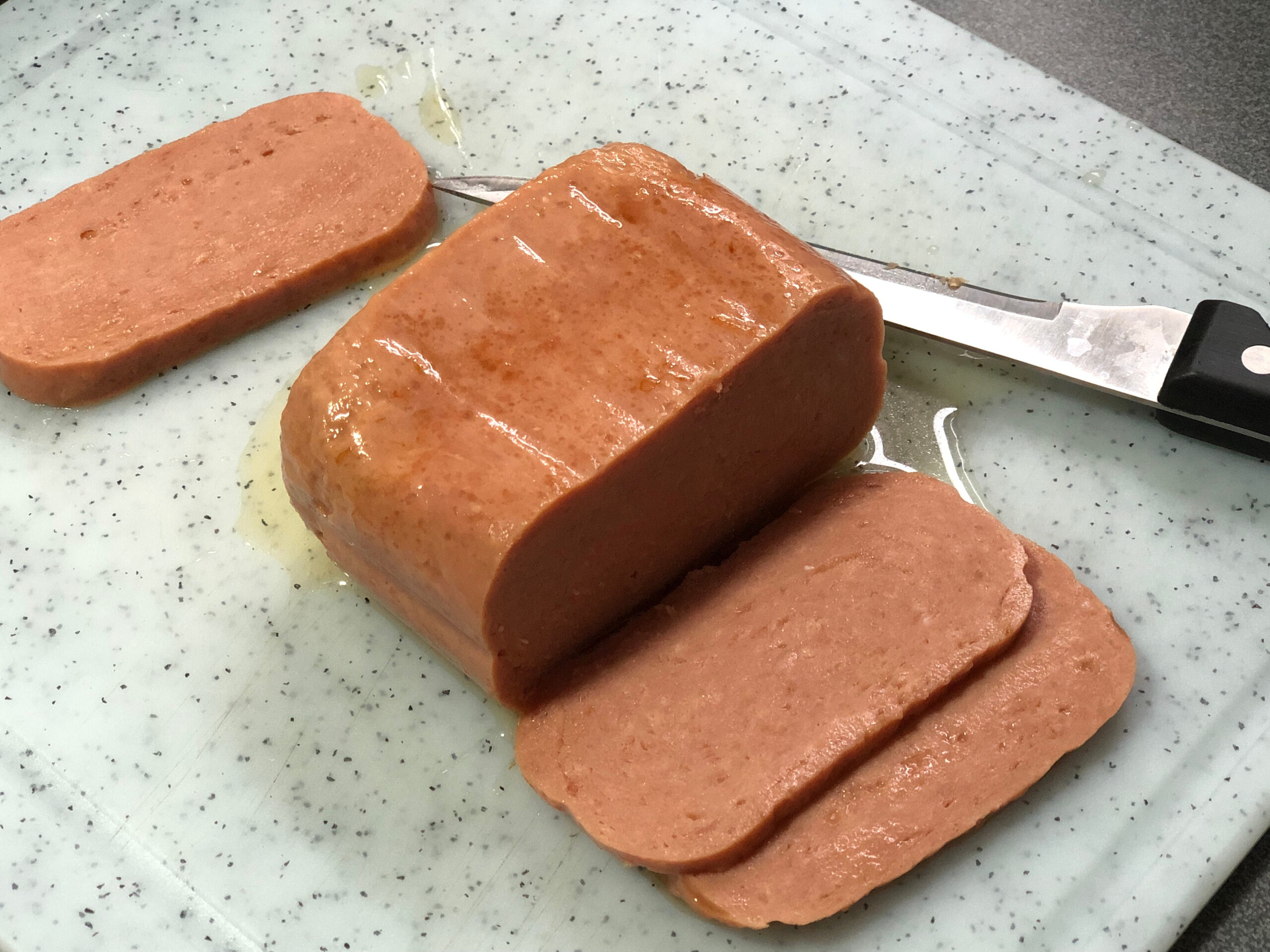
Even after draining, Spam can retain surface moisture. Moisture on the surface of Spam can prevent it from crisping up. Use paper towels to pat the Spam slices dry before cooking. This helps achieve a nice, crispy exterior when frying or grilling.
Skipping the Pre-Cut Process
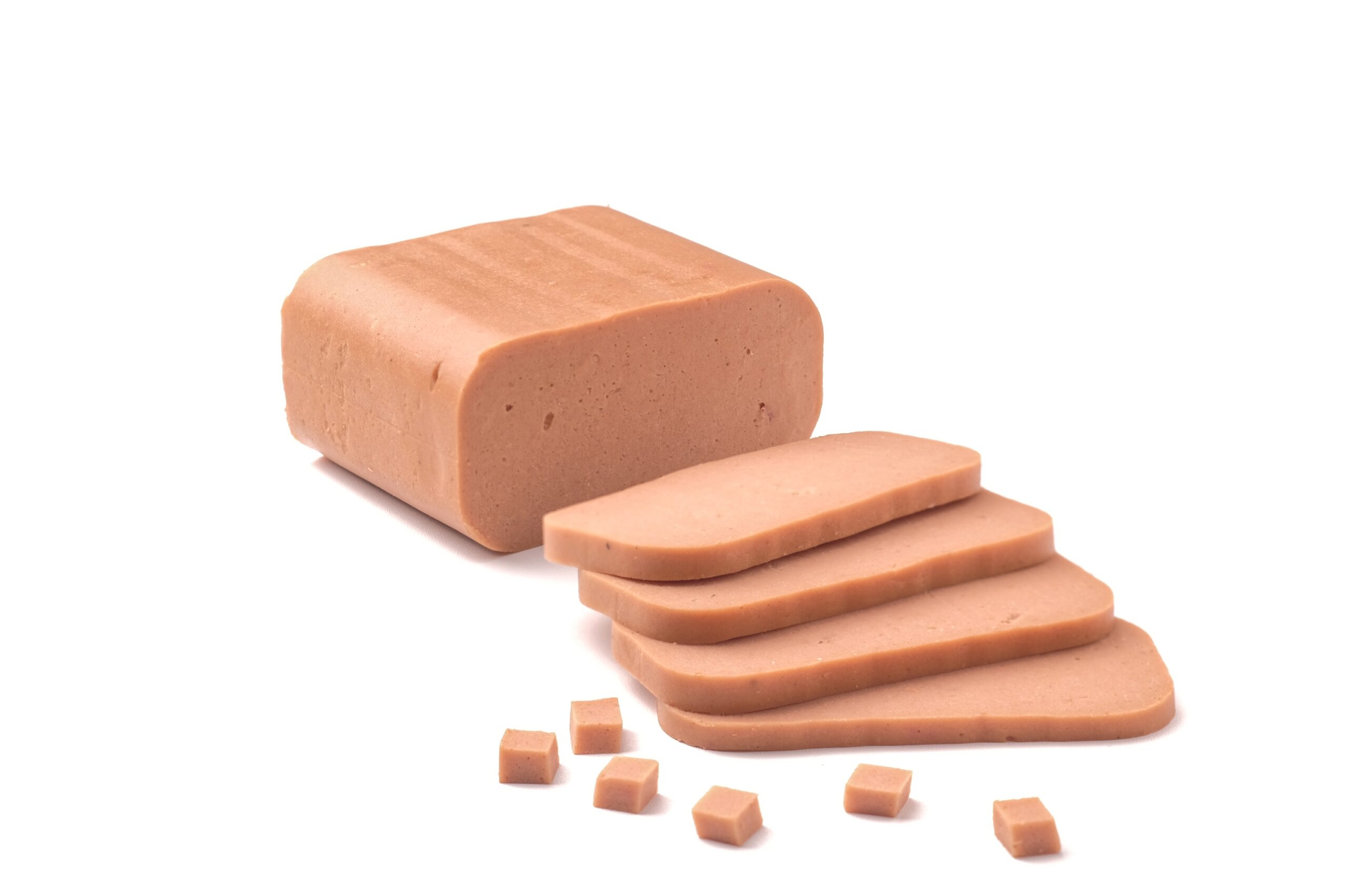
Cooking a whole block of Spam can lead to uneven cooking, with the exterior becoming overly done while the interior remains undercooked. Slice or dice the Spam into uniform pieces before cooking to ensure even cooking throughout.
Using High Heat

Spam contains a high amount of sugar and fat, cooking it on high heat can cause it to burn quickly, leading to a charred exterior and undercooked interior. Cook Spam on medium heat to allow it to brown slowly and develop a nice crust without burning.
Overcrowding the Pan
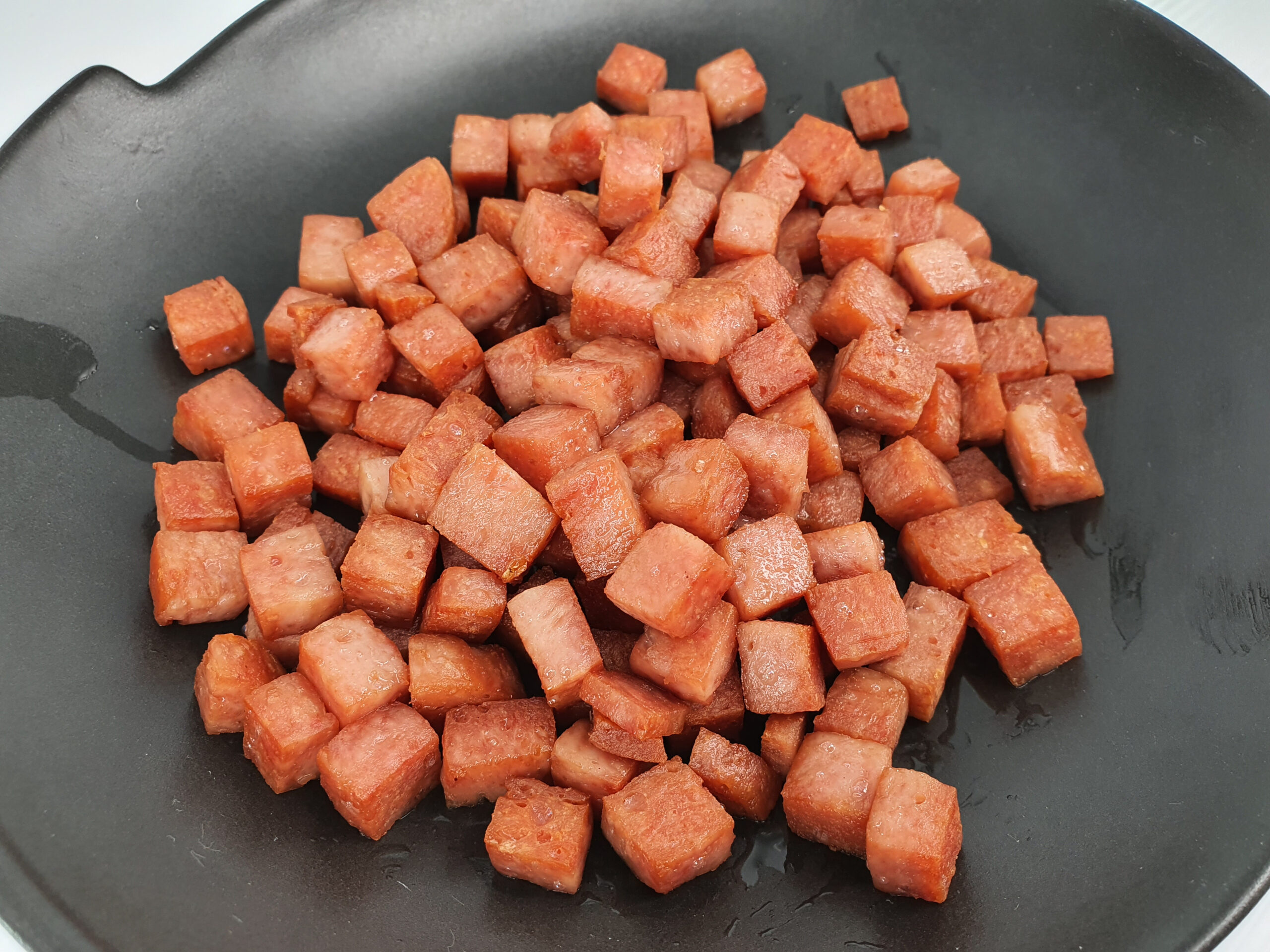
Placing too many pieces of Spam in the pan at once can lower the temperature and cause the Spam to steam instead of fry. This results in a soggy outcome. Cook in batches if necessary, ensuring that each piece has enough space to brown properly.
Not Using a Non-Stick Pan
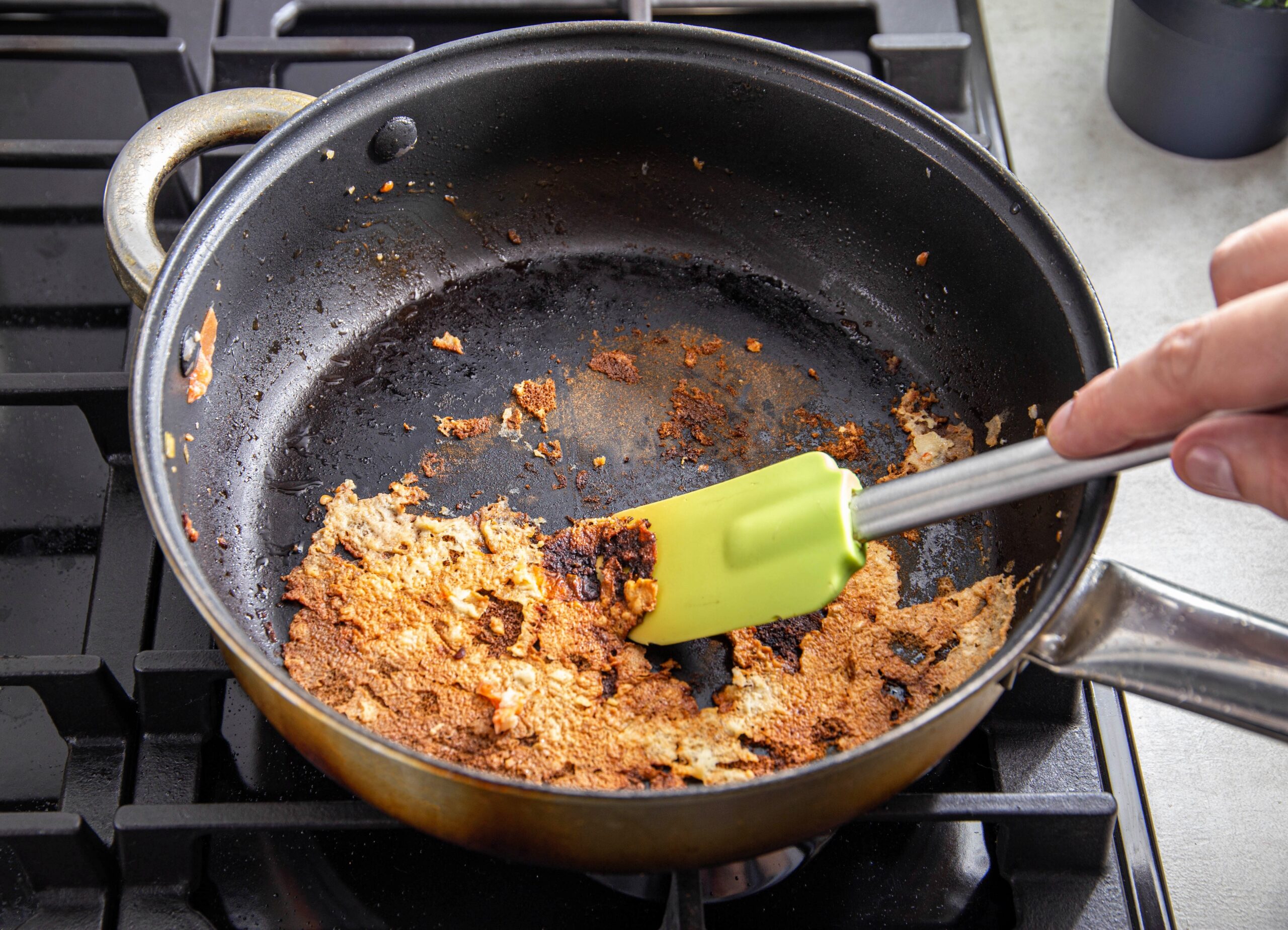
Spam tends to stick to the surface of regular pans, making it difficult to flip and resulting in uneven cooking. Use a non-stick pan or a well-seasoned cast iron skillet to prevent sticking and make flipping easier.
Not Trying Seasoning
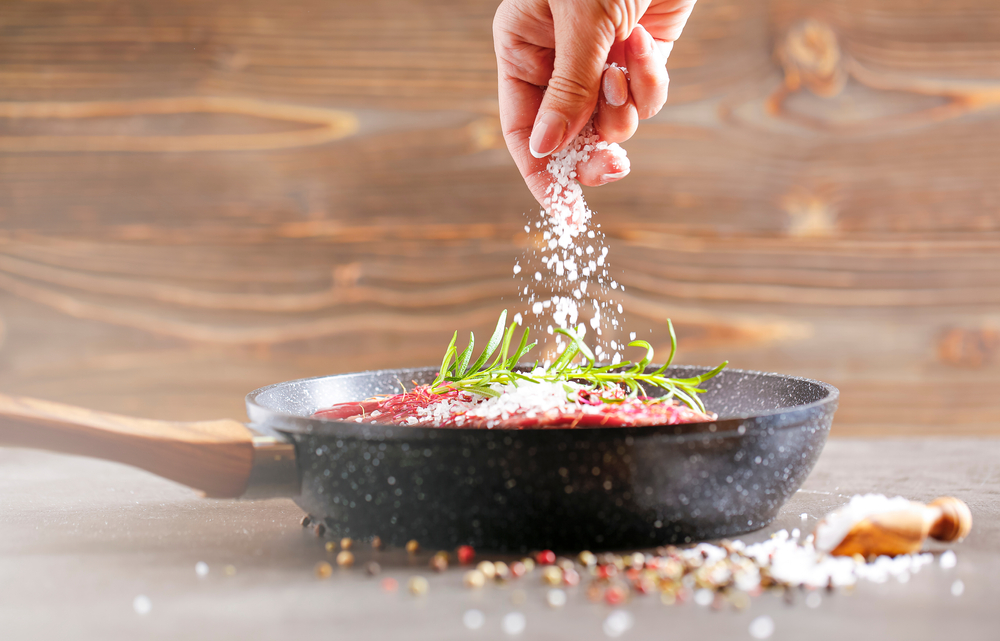
A lot of people are scared of trying out new things and adding seasonings to Spam. It is salty, yes, but it can still benefit from additional seasonings to enhance its flavor. Experiment with spices like paprika, black pepper, garlic powder, or even a bit of cayenne to add depth to your Spam dishes. However, be cautious with salt to avoid over-seasoning.
Not Pairing It Properly

Spam’s rich and salty flavor can be overwhelming if not balanced with other ingredients. Poor pairing can result in a heavy and unbalanced dish. Pair Spam with neutral or complementary foods like eggs, rice, vegetables, or bread to balance its richness. This creates a more harmonious and enjoyable dish.
Skipping the Crust

One of the best features of cooked Spam is its crispy exterior, which is lost if not allowed to sear properly. Skipping this step results in a mushy texture. Allow the Spam to sit undisturbed in the pan until a crust forms before flipping. This can take a few minutes but is essential for a delicious, crispy exterior.
Using the Wrong Cooking Method
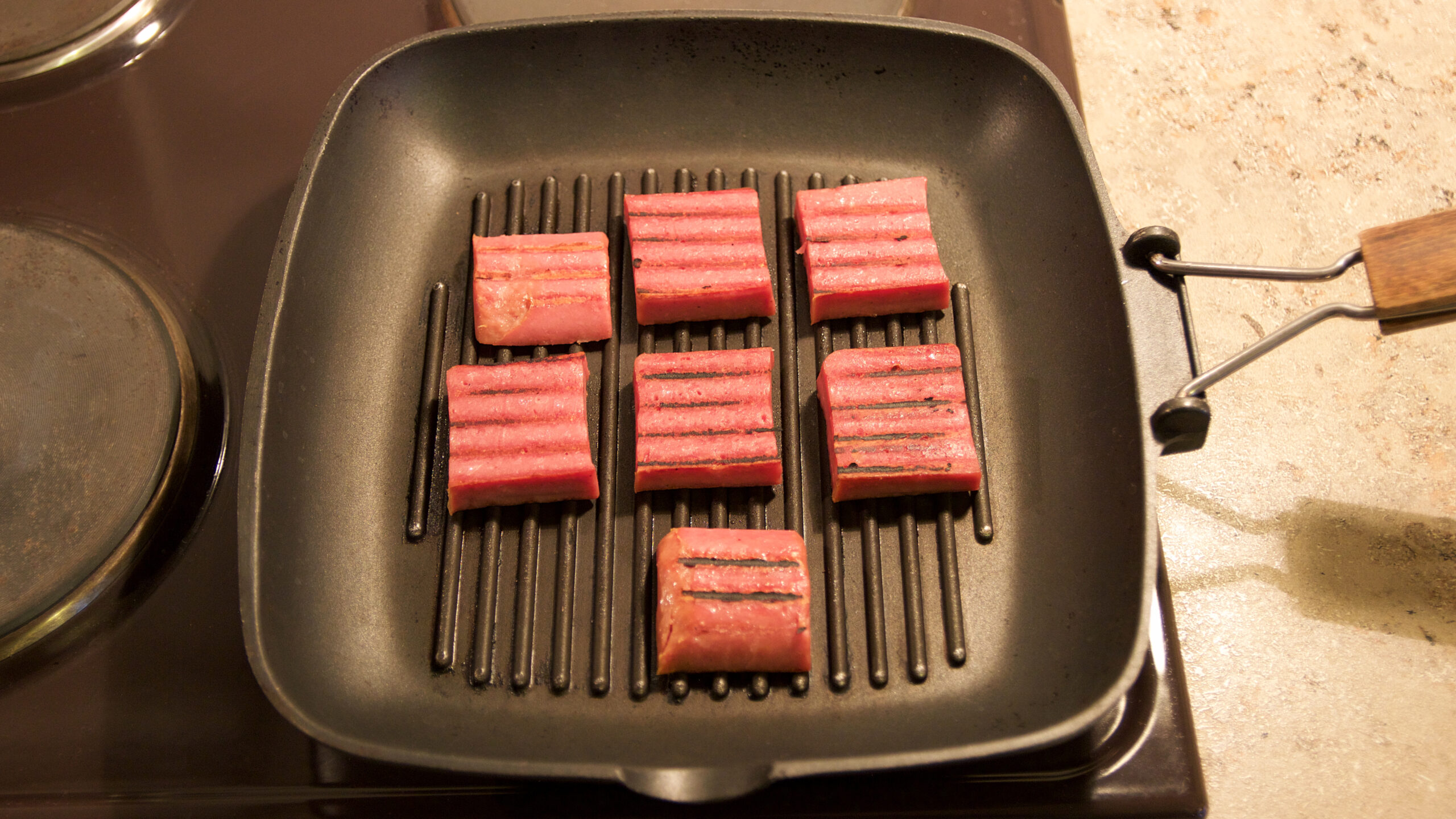
Certain cooking methods, like boiling, don’t suit Spam well and can result in a mushy texture and diluted flavor. Stick to frying, grilling, or baking for the best results. These methods help retain the texture and flavor of the Spam.
Ignoring Portion Control

Spam is rich and fatty, so using too much in a dish can make it overly rich and greasy. Poor portion control can overpower other ingredients. Use Spam in moderation, balancing it with other ingredients to keep the dish enjoyable and not too heavy. This ensures a more leveled and flavorful meal.
Not Trying Different Varieties

Sticking to only one type of Spam can limit your culinary creativity and flavor profiles. Missing out on other varieties can make your dishes less exciting. Explore the different varieties of Spam available, such as Spam with Bacon, Spam Lite, or Teriyaki Spam, to add variety and new flavors to your meals.
Not Incorporating It into Recipes

Spam is great even by itself. However, Spam can be a very versatile ingredient in a wide range of recipes. Not using it creatively limits its potential in your cooking. Look for recipes that incorporate Spam in creative ways, such as in sandwiches, stir-fries, casseroles, or breakfast dishes. This expands its use beyond just frying or grilling.
Neglecting Proper Storage
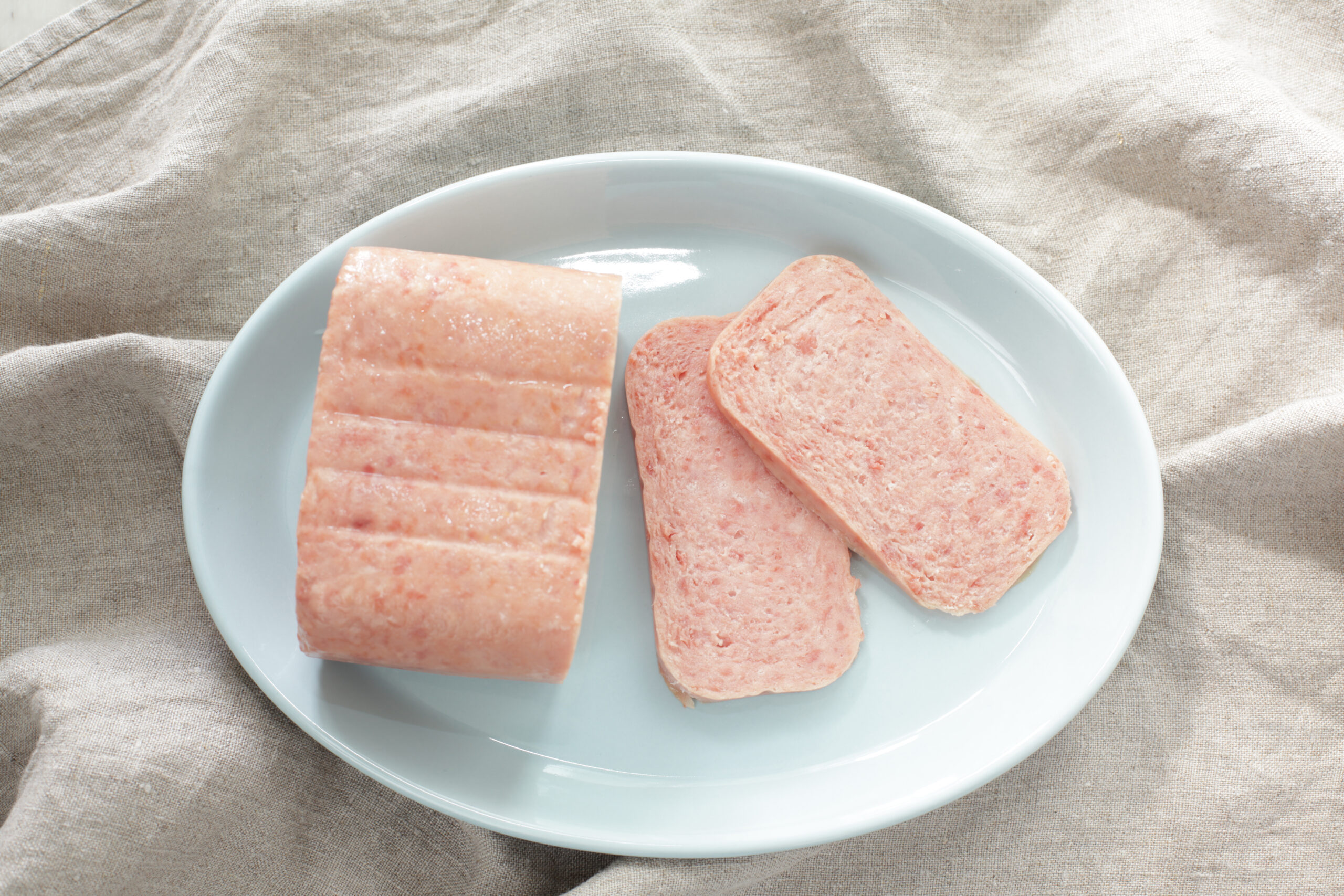
Sometimes, putting it on a plate and then tossing it onto the fridge is tempting. However, Spam should be stored properly to maintain its freshness once it’s opened. Poor storage can lead to spoilage and food waste. Refrigerate any unused Spam in an airtight container and use it within a few days to ensure it stays fresh and safe to eat.
Ignoring the Fat Content

Spam is high in fat, and adding more fat during cooking can make it overly greasy and unappetizing. Cook Spam with minimal additional fats, such as using non-stick spray instead of oil or butter. This keeps the dish lighter and more enjoyable.
Not Using Enough Acidity

Not using enough acidic ingredients to balance Spam’s rich, fatty flavor is regrettable mistake. Spam is inherently salty and fatty, which can make dishes feel heavy or one-dimensional if not balanced properly. A squeeze of fresh lemon or lime juice over cooked Spam can add a zesty freshness. You can also add pickled vegetables or serve Spam with a side of pickles to introduce a sharp, acidic contrast.
Skipping the Rest Period

I know that you can’t wait to get a bite of those Spam slices. However, like any cooked meat, Spam benefits from a short rest period after cooking. Let the slices sit for a couple of minutes to allow the juices to redistribute, enhancing the flavor and juiciness. You may be used to cooking Spam your own way, but avoiding these common mistakes can make such a huge difference. Remember, it’s the little details that turn a good meal into a great one.
This article originally appeared on RetailShout
More From RetailShout
22 Genius Tips for an Organized Pantry

Keeping your pantry organized can feel like a never-ending battle, but with a few creative strategies, it can be a breeze. Imagine opening your pantry door to find everything neatly in place, with a spot for every item and no more frustrating searches for that elusive jar of spices. Read More.
14 Ultimate Food Cities in the United States
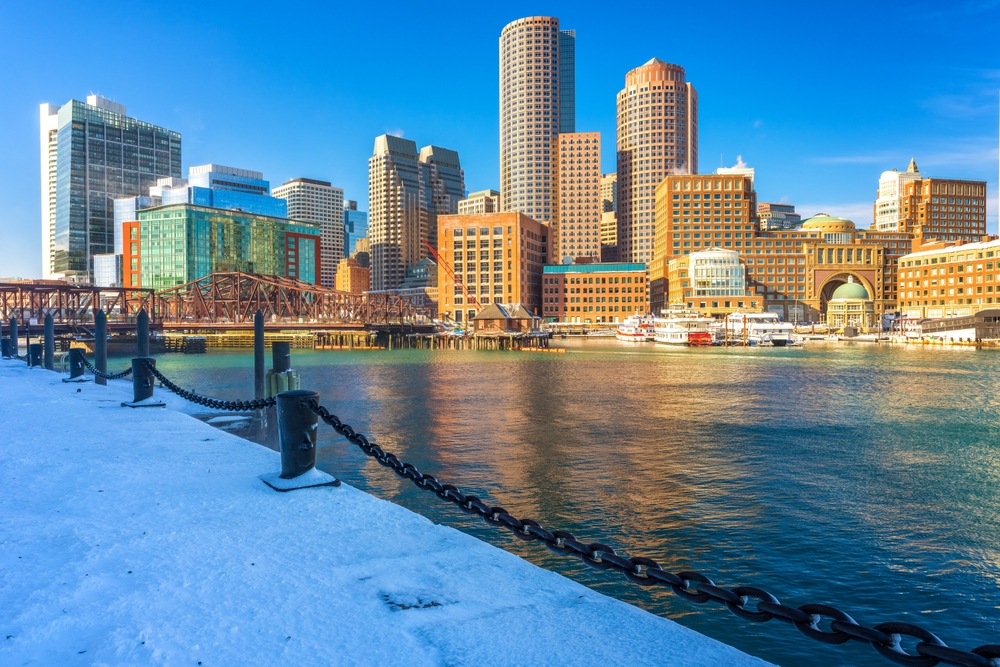
When it comes to food, America has some of the most exciting cities that are perfect for any foodie. These cities are not just about delicious dishes but also about unique culinary experiences that you won’t find anywhere else. Read More.
16 Everyday Things Becoming Unaffordable for the Middle Class

Lately, it feels like more and more things are slipping out of reach for the middle class. It’s not just about cutting back on a few luxuries; it’s about major parts of life that used to be manageable. Read More.


